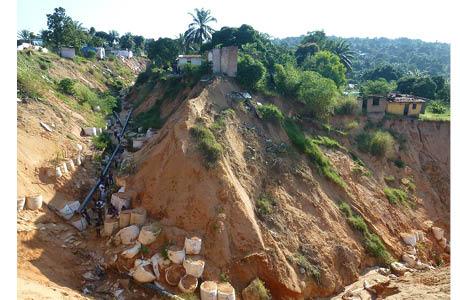Looking for citizen scientists to help unlock the butterfly and moth collection
The AfricaMuseum is the custodian of important insect collections, representing a unique chronicle of insect biodiversity on the African continent. The launch of a citizen science project focused on the butterfly and moth collection aims to open it up to a wider audience. Citizen scientists are invited to enrich the databases by transcribing the useful information on the labels of the specimens.
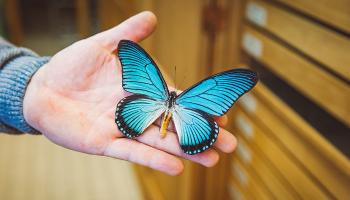
The collection of the Royal Museum for Central Africa contains about 240,000 butterflies and about 230,000 moths. Photo: Ingrid Otto © RMCA
Counting 6 million specimens, the insect collection of the Royal Museum for Central Africa is one of its largest collections and of enormous importance to science. With about 240,000 butterflies and about 230,000 moths, the order of Lepidoptera forms an important subset.
However, only a tiny fraction of the Lepidoptera collection is visible to the public and the scientific community. Hundreds of specimens are on display in permanent exhibition, and several thousands – or about 10% of the collection – are accessible in the online database DaRWIN with images available in Virtual Collection.
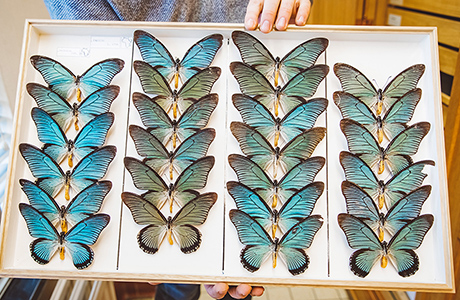 Type collections: reference specimens used to describe new species
Type collections: reference specimens used to describe new species
The collection of butterflies and moths also contains many type specimens. Type specimens are of particular interest to scientists, as they form the original reference samples of a species. When first describing a species, a taxonomist bases his observations on type specimens that have been selected as representative of this new species for science. For this reason, type specimens are often the most studied and thus manipulated specimens in a collection.
To ensure that these type collections are preserved in good condition, the digitization of these type specimens has a high priority. A digitization campaign started in 2003-2005 resulted in an online database with recto/verso photographs of about 2000 specimens of butterflies and moths.
Enriching the data
Whereas this database contains mainly taxonomic information, the labels attached to each specimen usually include other interesting types of information, such as a the collector, where and when the specimen was collected, identification history, sex determination and so on. The transcription of these labels can therefore significantly enrich existing data.
“To cope with this time-consuming task, we decided to launch a citizen science project”, explains project coordinator Larissa Smirnova (AfricaMuseum). Citizen scientists are invited to add all kinds of information written on the label into a corresponding field to enrich the databases.
“It is our second project of this kind, but on a larger scale. With this new project, we would like to widen the volunteer community with people who are particularly interested in zoology and biodiversity richness of the African continent. Our first project on the collection of Odonata (an order of flying insects including dragonflies and damselfies) was successfully completed in record time thanks to the help of volunteers”, Larissa Smirnova says.
The Lepidoptera project is available on the DoeDat platform, which is maintained by the staff of Meise Botanical Garden.
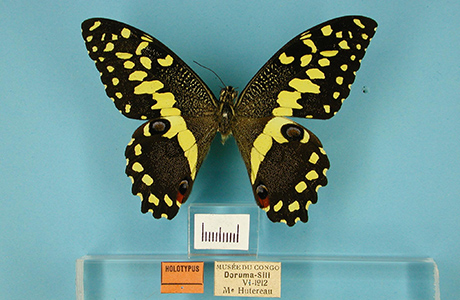
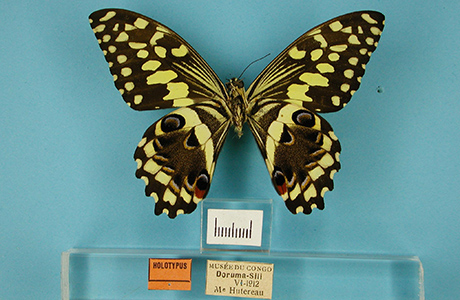
Preserved specimen of Papilio demodocus ab. Dufranei. Full view recto/verso with labels. Photo: Ugo Dall'Asta, Frans Desmet
